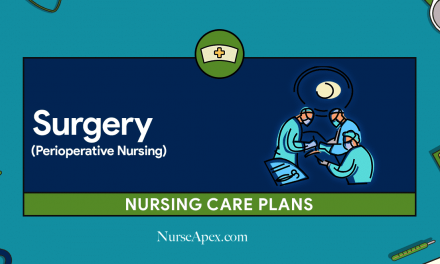Your doctor may want you to discuss your Infectious Diseases Care Plans in detail before getting a transplant. These plans help you avoid contracting a serious disease and may also be a good way to keep yourself healthy. These plans can include prevention, treatment, and surveillance. Your doctor will discuss all possible risks and work with you to manage them. Read on to learn more about Infectious Diseases and how to prevent them.
Symptoms of infection
Many infections cause one or more common symptoms. However, chronic symptoms should be evaluated by a doctor. These diseases are spread through multiple routes, including direct contact with the sick person or contact with body fluids. Another common path is through droplets discharged by the sick person that linger in the air for a short period of time. These droplets may land on a healthy person’s skin or be inhaled.
Infection risk is also increased in patients with compromised immune systems and inadequate protection against pathogenic organisms. Therefore, nursing care must include interventions for infection prevention and recognition. Identifying infections early in the course of a patient’s illness is essential to optimizing their overall health and healing. Symptoms of infection should be communicated to the patient, who should be closely monitored. The patient should also be informed about the dangers of certain treatments, such as immunosuppressive drugs, which can lower the immune system’s effectiveness against infection.
Treatment options
There are various treatment options available for infections. While bacterial and viral infections are usually more serious and require more aggressive treatment, there are also treatments for these diseases that can be done at home. These include bacteriophages, mutant phages, and bioengineered phages. Antibiotics are also a part of the treatment options for infections. Antibiotics are not always effective in the treatment of infectious diseases, but can be used in combination with other treatments.
The Sanford Guide is a trusted guide used by clinicians around the world. It offers comprehensive guidance at the point of care, minimizing time-to-answer. The Sanford Guide features continuously updated information based on available evidence, focused anti-infective drug information, interactive dosing tables, and extensive links to references. It also integrates the latest clinical surveillance tools including the VigiLanz platform to track infections.
Immunizations
The World Bank Group has made significant contributions towards immunization programs for children and vulnerable populations. Vaccines are an essential part of primary health care, preventing millions of deaths every year and strengthening the immune system. Vaccines can prevent up to twenty life-threatening diseases. By triggering the body’s immune system, vaccines can protect against several diseases and help prevent the spread of infectious diseases.
Vaccines are important in controlling the spread of many infectious diseases, such as SARS. Regular immunization of staff members will help prevent the spread of these diseases. Increasing the rate of vaccinations will also help maintain a healthy workforce and reduce the risk to patients and residents. Many health care systems have implemented vaccination mandates independently of the rule, and they have achieved 97 percent vaccination rates among staff.
Prevention
Healthcare associated infections (HAIs) are a significant public health concern. They are responsible for a significant burden on morbidity, mortality, and quality of life and represent a substantial economic burden for society. Unfortunately, most HAIs are preventable. To prevent infection, healthcare providers should implement two tiers of precautions. These include hand hygiene, early removal of infected devices, and training of healthcare providers.
Using effective infection prevention methods requires engagement of patients, healthcare providers, and caregivers. The primary goal is to empower patients to prevent or minimize their exposure to infections. Early detection of infection symptoms is crucial for the patient’s recovery. Vaccines for various diseases help to prevent infections. In addition, vaccinations may reduce the need for hospitalization. For these reasons, prevention must be a key component of an infectious disease care plan.
Infection prevention can take many forms. Secondary prevention involves prevention of disease outbreaks, and can involve both individual and population-based interventions. Prevention techniques may include evidence-based screening programs or preventive drugs. In the United States, 1.7 million people die from chronic diseases each year. By following these precautions, healthcare providers and the public can greatly reduce their risk of contracting these diseases and their consequences. So, it’s imperative to implement effective prevention measures in every situation.





